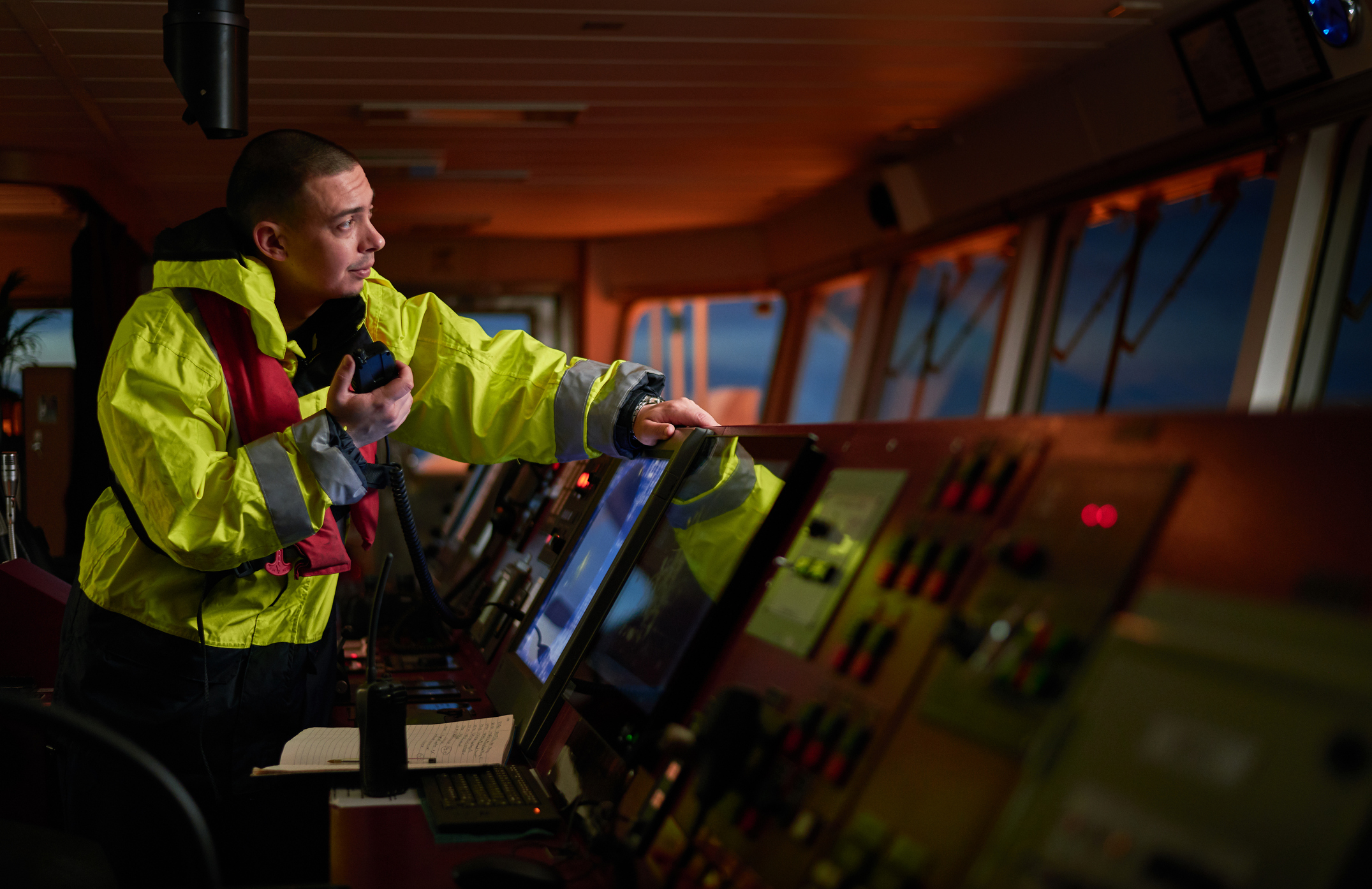Moving Beyond Mental Health: A Smarter Approach to Human Risk in Maritime Operations
Human error contributes to nearly 80% of maritime accidents. Despite the industry’s reputation for precision and discipline, safety still depends on the people doing the work—their judgment, stamina, and ability to perform under pressure. The importance of mariners’ well-being has gained more attention in recent years, especially in the wake of the COVID-19 pandemic. But while awareness has increased, the tools we use to assess risk haven’t kept pace.
For years, the maritime industry has relied on standard mental health assessments to gauge crew well-being. Tools like PHQ-9 for depression and GAD-7 for anxiety were designed for clinical settings but were never meant to assess the realities of life at sea. Maritime operations demand long hours, high-stakes decisions, and prolonged isolation. These factors don’t just affect mood but directly impact cognitive performance, situational awareness, and safety.
Most maritime incidents don’t happen because of undiagnosed mental health disorders. They occur due to momentary lapses in judgment, exhaustion, and impaired decision-making. The problem isn’t just mental health—it’s the silent accumulation of operational stressors that lead to situational distress: cognitive fatigue, emotional strain, and performance degradation in the moment. These human factors are subtle, dynamic, and often invisible to traditional mental health tools, yet they’re the most common precursors to errors and accidents at sea often resulting in loss of life, environmental impacts, and asset damage or loss.
Situational Distress: The Missing Piece in Maritime Safety
Situational distress is not a clinical condition—it’s a temporary but critical stress response to the working environment. Research suggests that while only a small percentage of seafarers start their careers with clinical depression or anxiety, the demands of life at sea lead to a significant rise in reported psychological distress symptoms over time.
Many cases emerge due to accumulated stressors—like fatigue, unpredictable weather, and high workloads—rather than pre-existing conditions. Unlike depression or anxiety, they don’t require psychiatric treatment, but they do require proactive intervention to prevent it from escalating into chronic fatigue, burnout, or operational errors.
Despite this, most mental health assessments in maritime settings treat distress as an individual issue rather than an operational risk factor. A captain under extreme fatigue might not meet the criteria for clinical depression, but their exhaustion could still impair judgment at a critical moment. A traditional self-reported survey won’t catch this, but behavioral risk assessments can.
The Limits of Self-Reported Mental Health Surveys
Current industry practices, like psychometric tests or mental health screenings, rely on static, self-reported questionnaires that were not originally intended to measure how operational demands impact cognitive performance over time. These surveys create three major issues:
- Fear of consequences: Seafarers may underreport distress out of concern for how their responses will affect their job status.
- Survey fatigue: Routine, repetitive questionnaires lead to rushed, inaccurate responses that fail to capture meaningful insights.
- One-size-fits-all limitations: Clinical mental health tools focus on diagnosing disorders, not on identifying early signs of operational fatigue and cognitive strain that impact decision-making.
When companies rely on traditional assessment results, they make critical personnel and safety decisions using incomplete and unreliable data.
A Smarter, More Operationally Relevant Approach
Maritime safety doesn’t just require mental health awareness; it requires behavioral intelligence. Instead of relying on static assessments, the industry needs a more dynamic, data-driven approach to human risk management.
Companies are pioneering a new way to assess risk at sea, focusing on how operational stressors affect behavior and performance over time. The methodology goes beyond traditional surveys, which can be limiting in scope by integrating:
- Narrative AI-driven assessments: Replacing structured mental health checklists with conversational interviews that assess how seafarers react to operational challenges.
- A broader focus on cognitive and behavioral risk: Not just mental health, but also fatigue, distraction, and stress—factors directly linked to safety incidents.
- Actionable insights for crew managers: Data that doesn’t just sit in an HR folder but actively informs safety decisions and resource allocation.
From Compliance to Proactive Risk Management
The maritime industry has taken important steps toward mental health awareness, but that’s only one part of managing human risk. What’s missing is a proactive approach to identifying situational distress before it impacts safety. Situational distress doesn’t always signal a disorder, but it can still impair judgment and performance if left unchecked.
With the right tools, companies can spot early warning signs and take action before small issues become serious problems, helping their crew stay sharp, resilient, and operationally effective. This not only protects individual well-being, but also safeguards lives, property, and business continuity at sea.
Copyright : https://gcaptain.com/moving-beyond-mental-health-a-smarter-approach-to-human-risk-in-maritime-operations/

